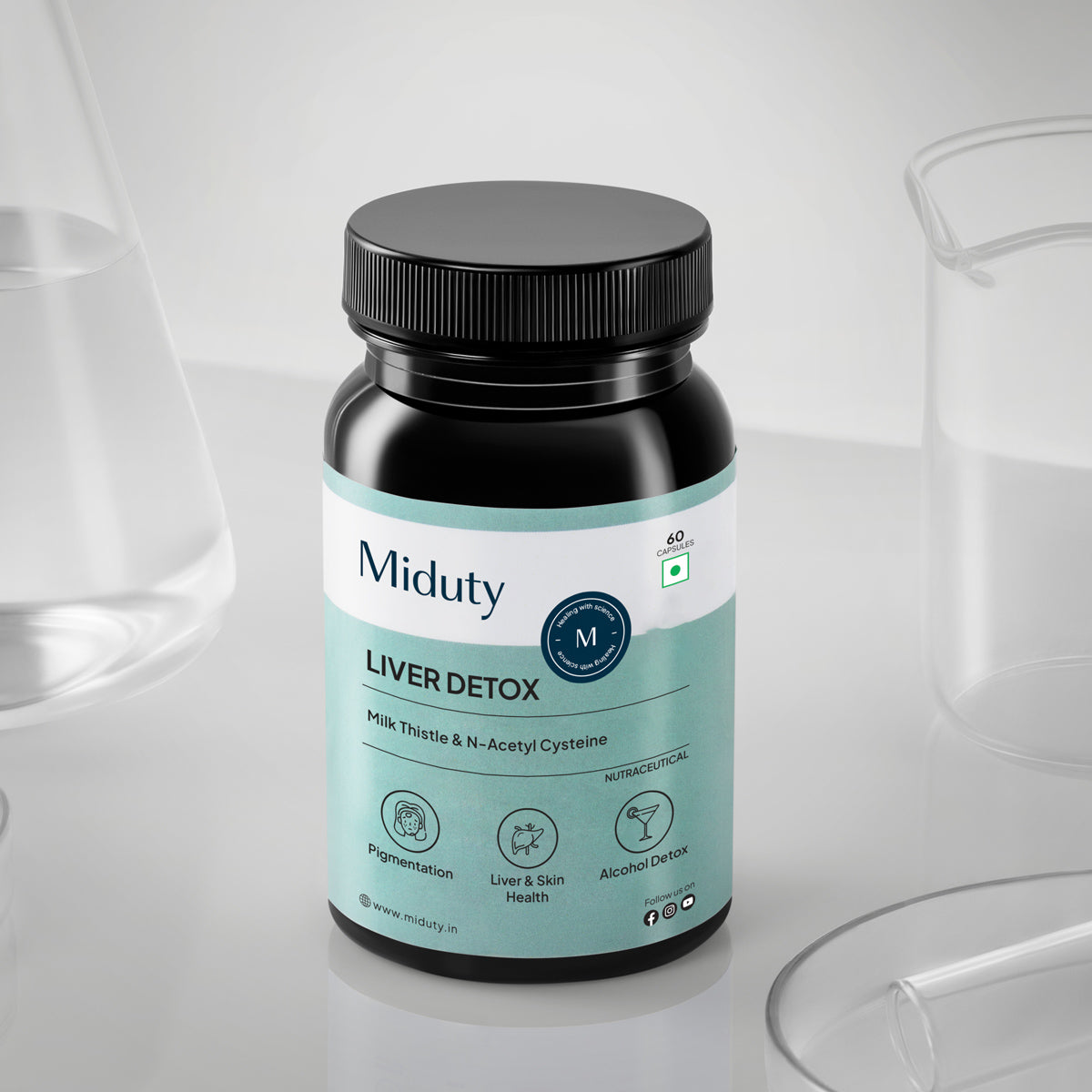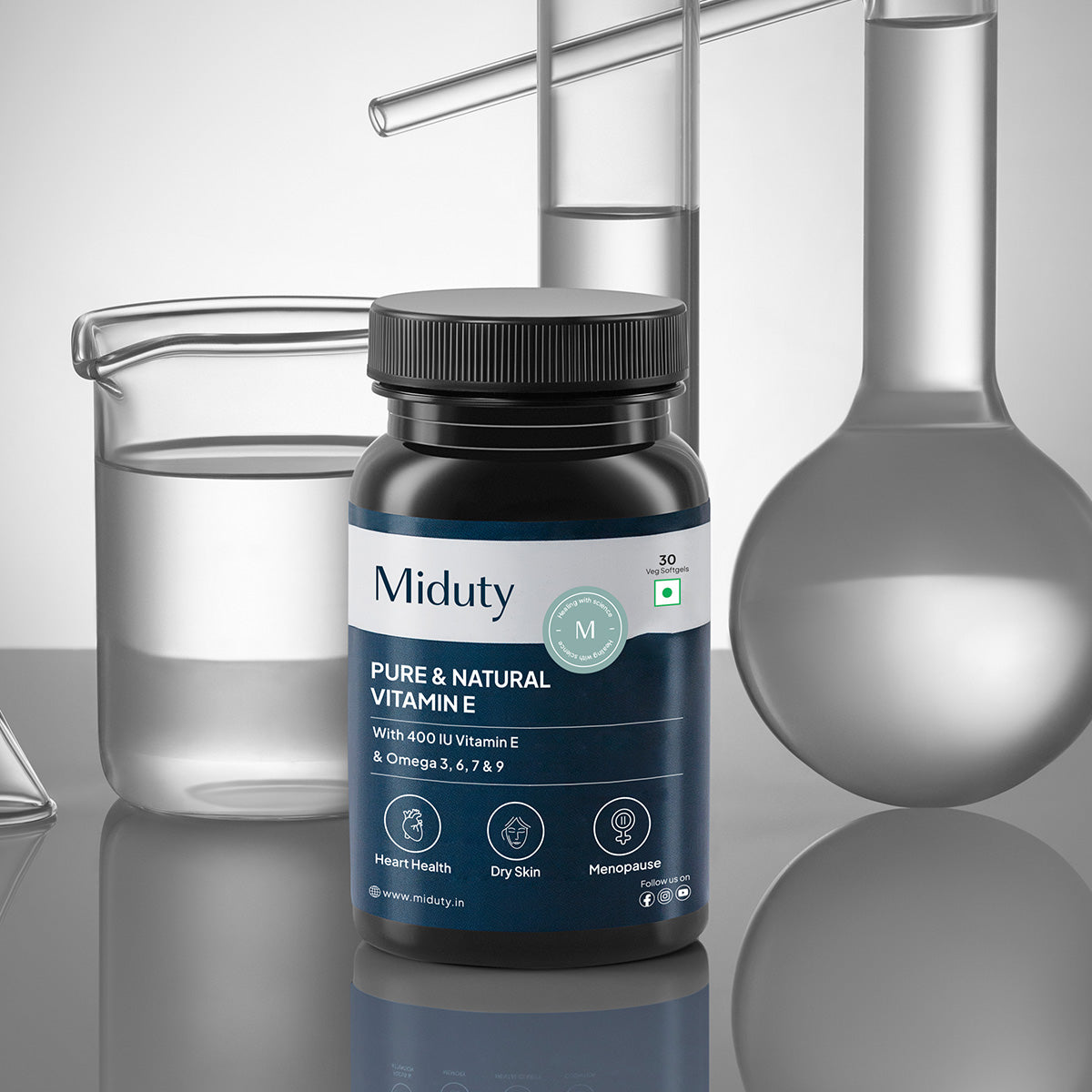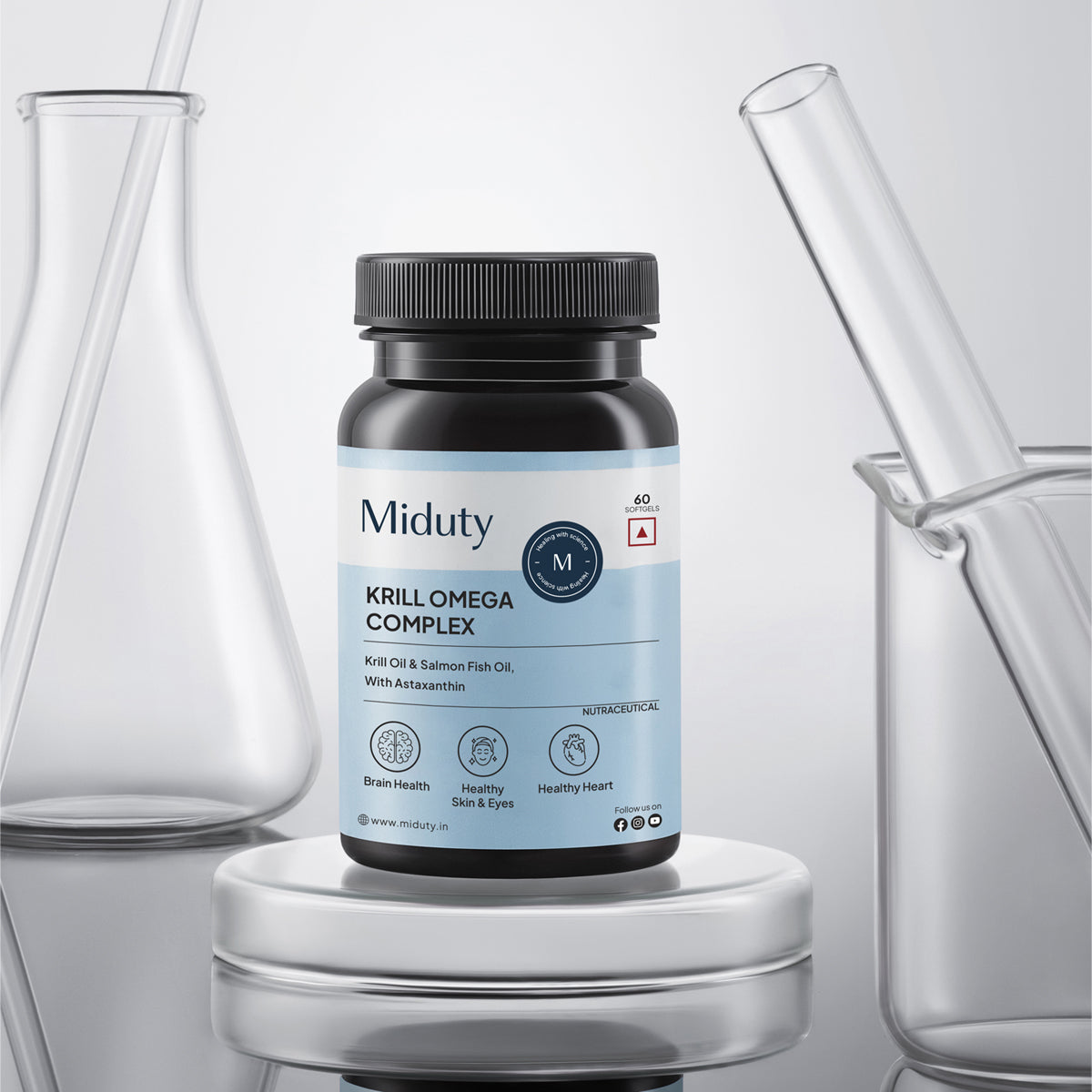
The Four Stages Of Fatty Liver Disease You Need To Know About
You Count Calories. You Walk. But Your Liver Is Still Struggling.
You've swapped soda for sparkling water. You even signed up for a Zumba class. And yet, your recent blood test showed elevated liver enzymes. Your doctor casually mentioned "fatty liver," but what does that really mean?
The truth is, many health-conscious people are unknowingly living with fatty liver disease. And it doesn't always come with symptoms-until the damage is too far gone. In fact, fatty liver is like a silent guest at your dinner table, quietly reacting to your food, your stress, your sleep, and your habits.
Let's break down the 4 stages of fatty liver disease, what each one means for your health, and how you can respond with both urgency and strategy.
Key Takeaways
1. You don't need alcohol to damage your liver. Non-alcoholic fatty liver disease (NAFLD) is now one of the leading causes of chronic liver disease, even in people who've never touched alcohol.
2. Fatty liver isn't always visible on the outside. Even lean, athletic-looking individuals can develop fatty liver, especially if their diet is high in refined carbs, sugars, or inflammatory fats.
3. There are four distinct stages of fatty liver-each one representing a deeper level of inflammation, scarring, and eventual liver failure if ignored.
4. Only 20% of Stage 1 cases progress to Stage 2 (NASH)-but once inflammation begins, scarring becomes more likely.
5. Fatty liver disease can often be reversed-but only if caught early and supported with lifestyle interventions like weight loss, proper supplementation, and movement.
What Are the Stages of Fatty Liver Disease?
Fatty liver disease progresses through four main stages, each with a specific level of fat accumulation, inflammation, and liver tissue damage.
Stage 1: Simple Steatosis (Fatty Liver)

In this earliest and most reversible stage, fat starts to accumulate inside your liver cells-but without triggering inflammation or scarring. This is the body's quiet warning sign, often missed during routine check-ups. The liver still functions well at this stage, and symptoms-if any-are vague: mild fatigue, bloating, or slight discomfort in the upper-right abdomen.
Why it matters: While simple steatosis doesn't involve scarring yet, research shows that around 20% of people in this stage will progress to the next stage if no action is taken.
According to a 2022 review published in the World Journal of Gastroenterology, early-stage NAFLD can be reversed in as little as 6 months through moderate weight loss (7–10%) and reduced intake of refined carbs and sugar.[1]
If you've just discovered you have fatty liver, now is your best chance to reverse it. Begin with small, consistent dietary changes-switch to butter, ghee, leave sugary drinks, and walk for 30 minutes daily.
Stage 2: NASH (Non-Alcoholic Steatohepatitis)

At this stage, your liver is no longer just holding fat-it's also inflamed. The fat is now actively irritating your liver cells, which triggers an immune response. NASH is far more dangerous than simple steatosis because the inflammation sets the groundwork for scar tissue formation, which is harder to reverse.
People in this stage may still feel fine-or they may begin to experience more pronounced fatigue, weight gain, and discomfort. Blood tests often show elevated liver enzymes (ALT and AST), and imaging may reveal liver swelling.
Why it matters: NASH is often the "make or break" point-left unchecked, it progresses into fibrosis. Early detection at this stage is vital.
A 2024 trial published in The New England Journal of Medicine highlighted Resmetirom, the first FDA-approved drug for non-cirrhotic NASH, which showed a significant reduction in liver inflammation when combined with lifestyle changes.[2]
If you're at Stage 2, ask your healthcare provider about advanced testing and consider supplementing with antioxidants like Vitamin E (only under medical guidance).
Stage 3: Fibrosis

This stage involves the formation of scar tissue around your liver's blood vessels and cellular structures. While the liver may still be performing its basic functions, its architecture is changing-fibrous bands begin to replace healthy liver tissue, making it harder for blood to flow properly through the organ.
Symptoms might now include fluid retention, frequent fatigue, or mild jaundice. Internally, the liver is working overtime to compensate for lost function.
Why it matters: This is the turning point where damage becomes significantly harder to reverse. But that doesn't mean it's too late-fibrosis can be slowed or even partially healed with the right intervention.
According to a meta-analysis by the American Association for the Study of Liver Diseases, fibrosis progression is faster in individuals with metabolic syndrome, insulin resistance, or high levels of oxidative stress.[3]
At Stage 3, your strategy should include weight management, blood sugar control, and possibly high-potency supplements, including antioxidants like NAC, silymarin (from milk thistle), or even medications your hepatologist prescribes. Consider a comprehensive liver-support protocol combining lifestyle and integrative therapies.
Stage 4: Cirrhosis

In this final and most serious stage, the liver becomes so scarred that it loses its ability to function normally. Cirrhosis leads to structural collapse of the liver, where healthy tissue is almost entirely replaced by hardened, non-functional scar tissue.
Symptoms can become severe: jaundice, confusion (from ammonia buildup), easy bruising, swelling in the legs and abdomen (ascites), and variceal bleeding from damaged blood vessels. Risk of liver failure and liver cancer increases significantly.
Why it matters: Cirrhosis is considered irreversible, but damage can be slowed, and complications managed with close medical care.
According to Dr. Axe, individuals with cirrhosis who manage their diet (low sodium, high antioxidants), avoid alcohol, and take appropriate medication have improved survival and fewer complications.[4]
If you've reached this stage, you need a liver specialist (hepatologist) immediately. Ask about managing portal hypertension, consider transplant evaluation, and reduce all liver stressors-processed food, alcohol, toxins, and even certain medications.
How Many Stages of Fatty Liver Are There?
To recap, there are four stages of fatty liver disease. But each stage also presents an opportunity to pause and redirect the course of the disease.
|
Stage |
What's Happening |
Reversible? |
Key Focus |
|
1. Simple Steatosis |
Fat in liver cells |
Yes |
Diet + Exercise |
|
2. NASH |
Inflammation & liver cell injury |
Yes |
Lifestyle + Medications |
|
3. Fibrosis |
Early scarring |
Likely |
Slow progression |
|
4. Cirrhosis |
Extensive scarring, organ failure |
Irreversible |
Manage complications |
Supplements, Strategies, and What to Do Next
You don't need to panic-but you do need a plan. Here are powerful science-backed interventions by stage:
1. Vitamin E: Helps reduce inflammation in NASH (Stage 2)
2. Milk Thistle (Silymarin): Protects hepatocytes from damage
3. Berberine: Regulates insulin and may reduce fat in liver
4. Omega-3s: Anti-inflammatory and liver-supportive
Start with small, manageable changes: cut processed foods, get 30 minutes of movement, and build from there.
Conclusion
Fatty liver disease isn't just a condition for the overweight or those who drink alcohol. It's become a lifestyle-driven epidemic-affecting people with office jobs, desk-bound routines, ultra-processed diets, and chronic stress.
The good news? Every stage of fatty liver, especially the early ones responds powerfully to the right changes.
Whether you're at Stage 1 with zero symptoms or Stage 3 where scarring has begun, you can take meaningful steps today to stop it in its tracks. The liver is an incredibly regenerative organ, but only if you give it the conditions to heal.
Frequently Asked Questions On Fatty Liver Stages -
Q1. What are the 4 stages of fatty liver disease?
The four stages are: simple steatosis (fatty liver), non-alcoholic steatohepatitis (NASH), fibrosis, and cirrhosis.
Q2. Is stage 3 fatty liver serious?
Yes, stage 3 fatty liver (fibrosis) is serious as it indicates significant liver scarring that may progress to cirrhosis.
Q3. What is a stage 2 to 3 fatty liver?
Stage 2 to 3 fatty liver involves increasing levels of liver inflammation and scarring, moving from moderate fibrosis to advanced fibrosis.
Q4. What is stage 1 fatty liver?
Stage 1 fatty liver, or simple steatosis, is the earliest and typically reversible phase where fat builds up in the liver without inflammation.
Q5. What is grade 4 fatty liver?
Stage 1 fatty liver, or simple steatosis, is the earliest and typically reversible phase where fat builds up in the liver without inflammation.
References












